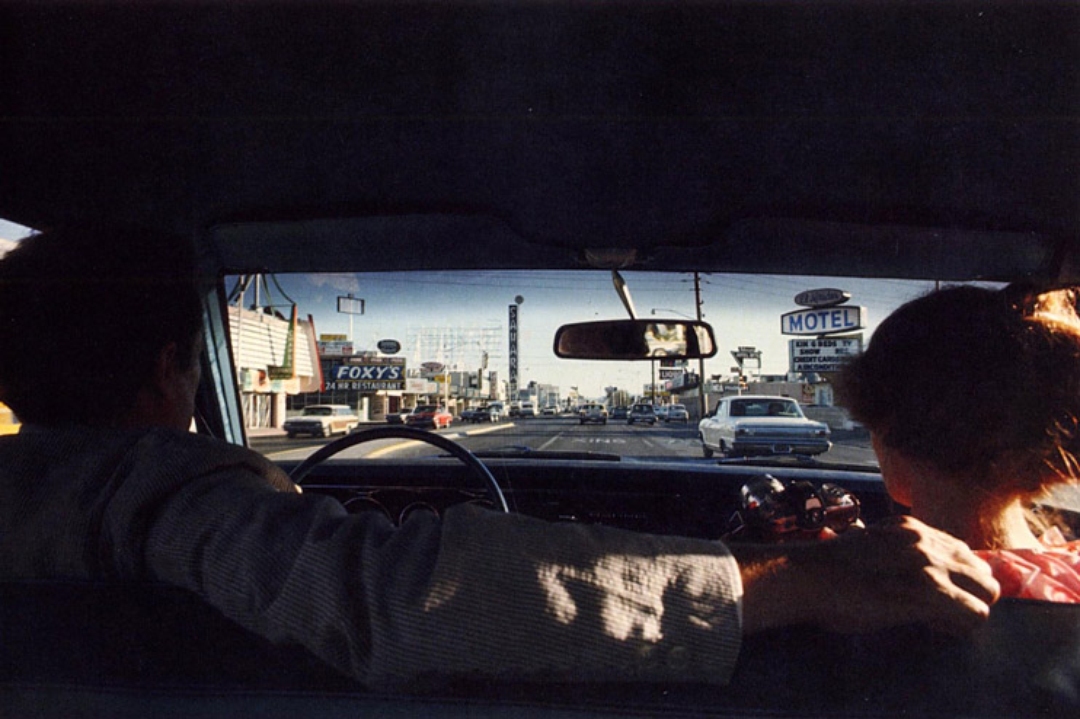Submitted by WA Contents
A+ Juror Denise Scott Brown Talks Collaboration, Career Advice, And The Psychology Of Architects
United Kingdom Architecture News - Oct 31, 2013 - 00:42 9452 views
“Sorry to be so fussy about space,” said Denise Scott Brown as she repositioned her chair. We were meeting at the cafeteria of Gund Hall, at the Harvard Graduate School of Design where she had once taught. She positioned herself away from the flow of students passing by with their morning coffee, and from the glare of the sun pouring through the double height windows. “It’s also that my eyes are not good anymore so I need to get a focal length where I can better see you.” Once satisfied with our arrangement, we talked about her experiences as a student, teacher, and practitioner.
Denise has always been “fussy about space.” In fact, she is a master in seeing the patterns, flows, and relationships between people, buildings, and their surroundings. When she composes a photograph, she carefully positions the figure within a spatial context of architecture and landscape. This sensibility can be found in her iconic image of her husband and partner Robert Venturi in the Las Vegas desert. When she designs, she creates "crossroads," spaces for bodies and minds to meet. She envisions Nobel Prizes gestated at the benches or coffee shops in her Michigan University campus plan.
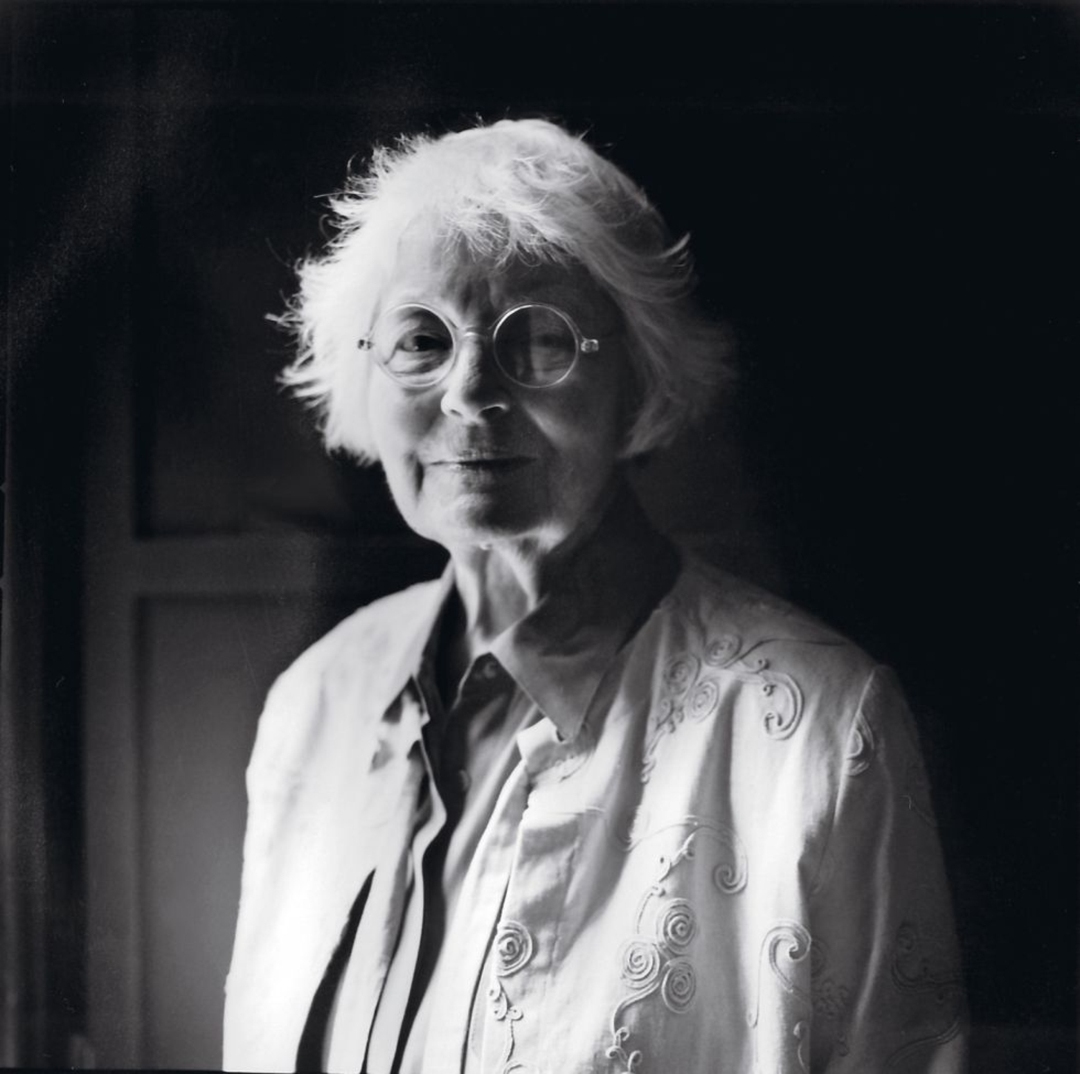
Denise Scott Brown. Photo via
But Denise is not looking back. She’s not fixated on the events of 1991, when the Pritzker Prize committee failed to grant equal recognition to her work alongside that of Venturi. Neither does she have her sights set on 2020, the ideal year other visionary planners have in mind for their dream projects.
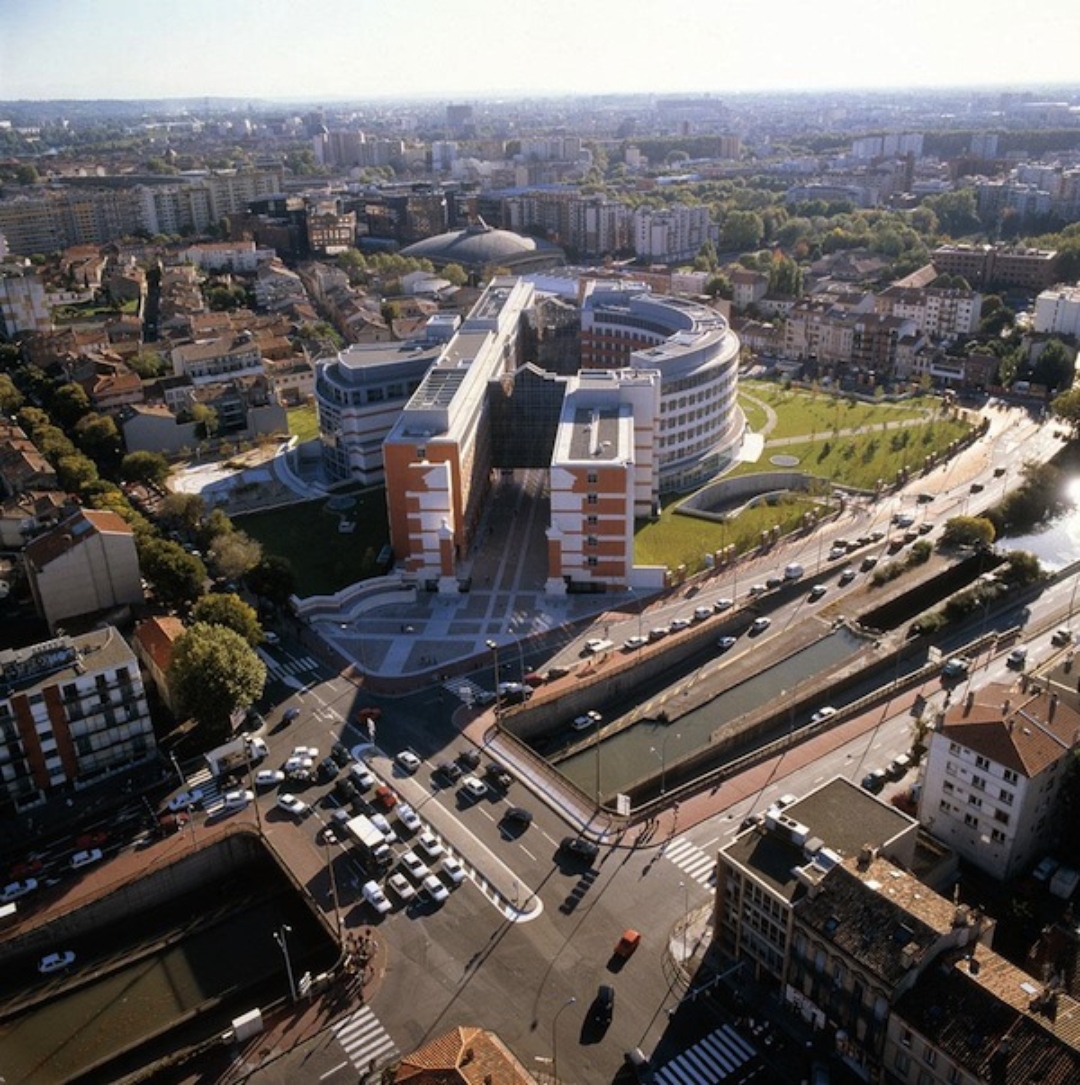
The Provincial Capitol Building (Conseil Général) in Toulouse, France, by Venturi, Scott Brown and Associates, 1999. Photo: Matt Wargo
She is, rather, a pragmatist, focused on what is directly in front of her. She sees the efforts of Women in Design, an independent group of students from the Harvard Graduate School of Design, as Mayhew’s Architecture—a datum line to gauge and analyze the current state of the profession. Just as Mayhew’s work revealed the situation of poverty-stricken London in 1835, the petition the group has spearheaded and the discussions that have followed are exposing issues surrounding collaboration in architectural practice.
In a series of lectures and conversations, including a one-on-one interview with Architizer, Denise examined what has led up to this watershed moment and recognized the amount of work that still needs to be done. Here are some of the insights she shared.
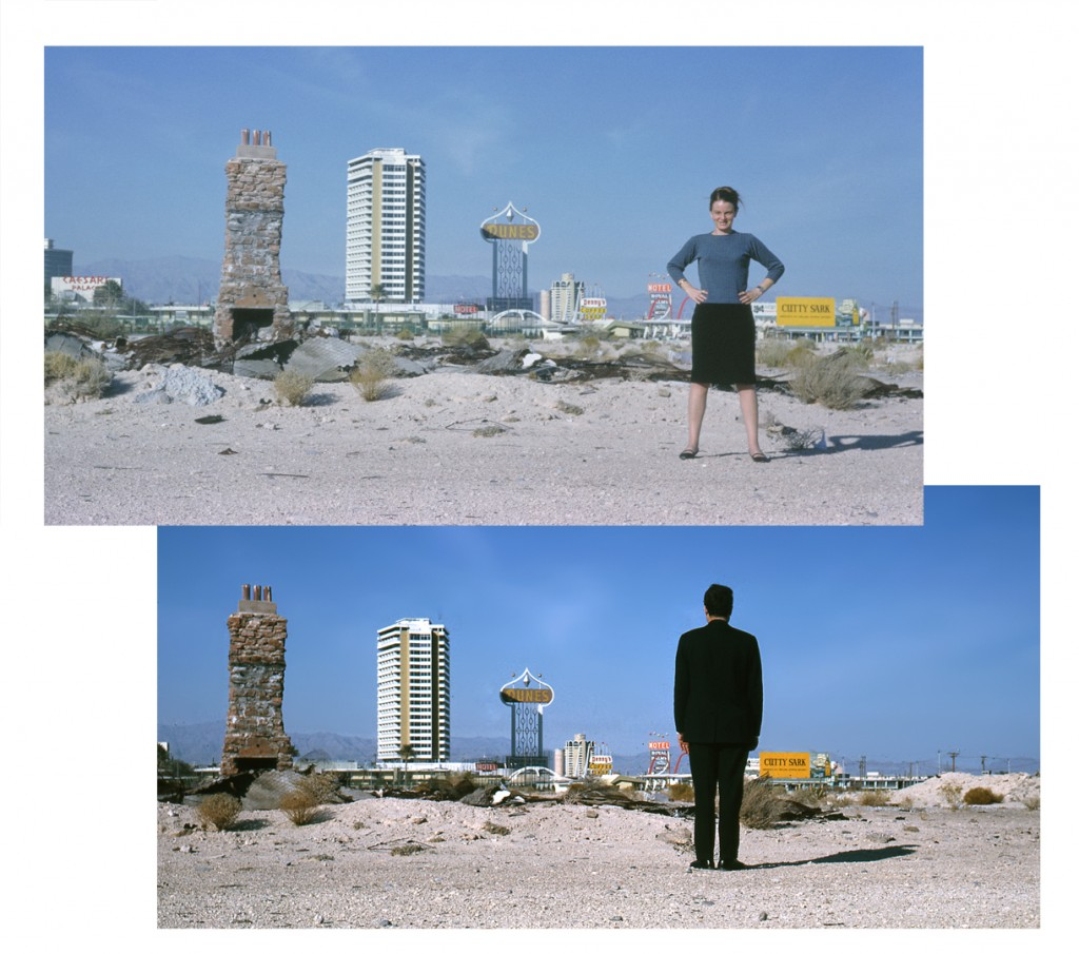
Denise and Robert in the desert outside Las Vegas, 1965. © D. Scott Brown and R. Venturi. Image via
On foresight
“When I was in your position at the beginning of my career I used to complain a great deal about the confusion I felt, the lack of structure in my life. ... That is one of the things I probably shouldn’t have worried about. A wise mentor to a young person can say: Be patient. You don’t have to see everything at this point. Why would you? Why wouldn’t you go into the unknown at this point?”
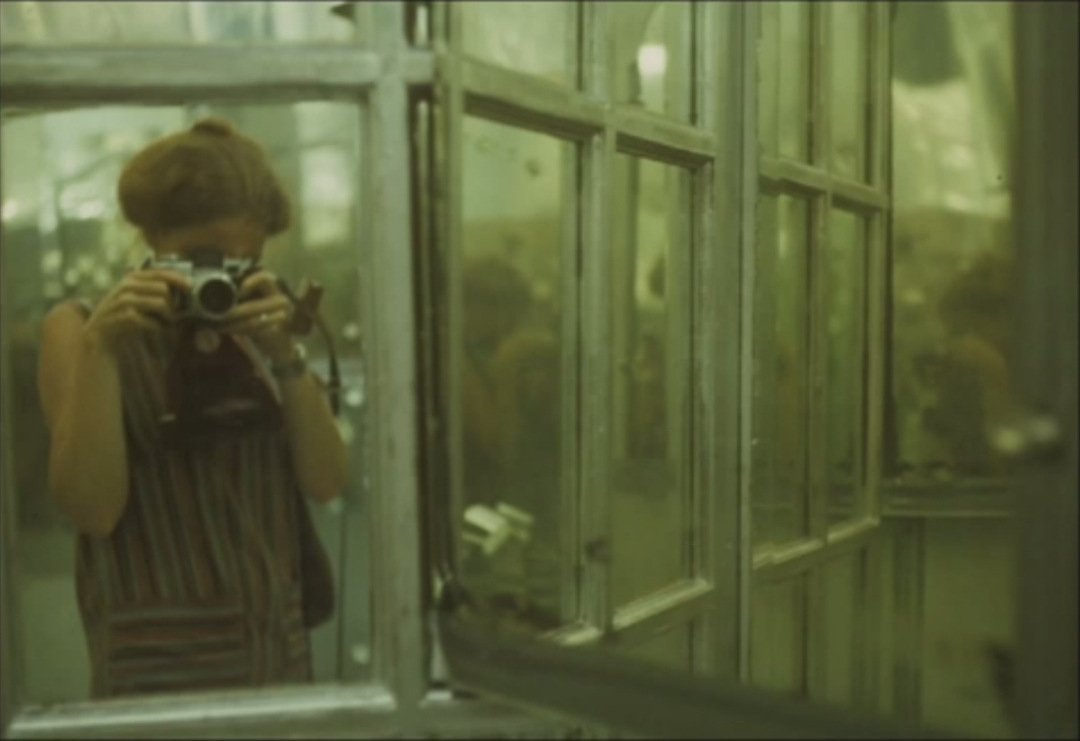
Denise Scott Brown. Photo via her "Mayhew's Architecture" lecture at GSD
On studying
“We did all our basic reading in the field, readings around history and art and the everyday environment, and also around the social sciences. I’m not reading now because my eyes are so bad. I can’t tell you I just finished War and Peace, but I am reading a lot of transient materials. There’s an article that just came out by Esther Sperber, 'Revising Our Ideas about Collective Inspiration' in a magazine named Lilith. She interviewed me and wrote an article to do with joint creativity. She writes from her personal experience in architecture, and she’s also studied psychoanalysis.
“The other thing is she’s the daughter of a rabbi, and she talks about hevruta, where pairs of students read the Torah together. That’s the notion of ‘One plus one equals more than two.’ That’s a form of study that we shouldn’t ignore. I’m building up of these areas of study. I know that people in computer sciences, for instance, are writing about joint creativity. So I recently read an article by someone from Apple, because that seemed very pertinent to me.”

Women In Design's breakfast session with Denise Scott Brown. Image via.
On support
“I’ve heard people say you’re never so alone as when you’re in architecture school. … But it seems to me that this is the time you should be searching, opening doors, keeping an open mind—all of those things. Later in your career, people will have the politics they can afford. But until then, if you don’t make your good friends now, how will you find diversity in your life? I think of the long friendships I formed in school: Some I’ve lost, but many have remained, and some have been very structural to my life.”
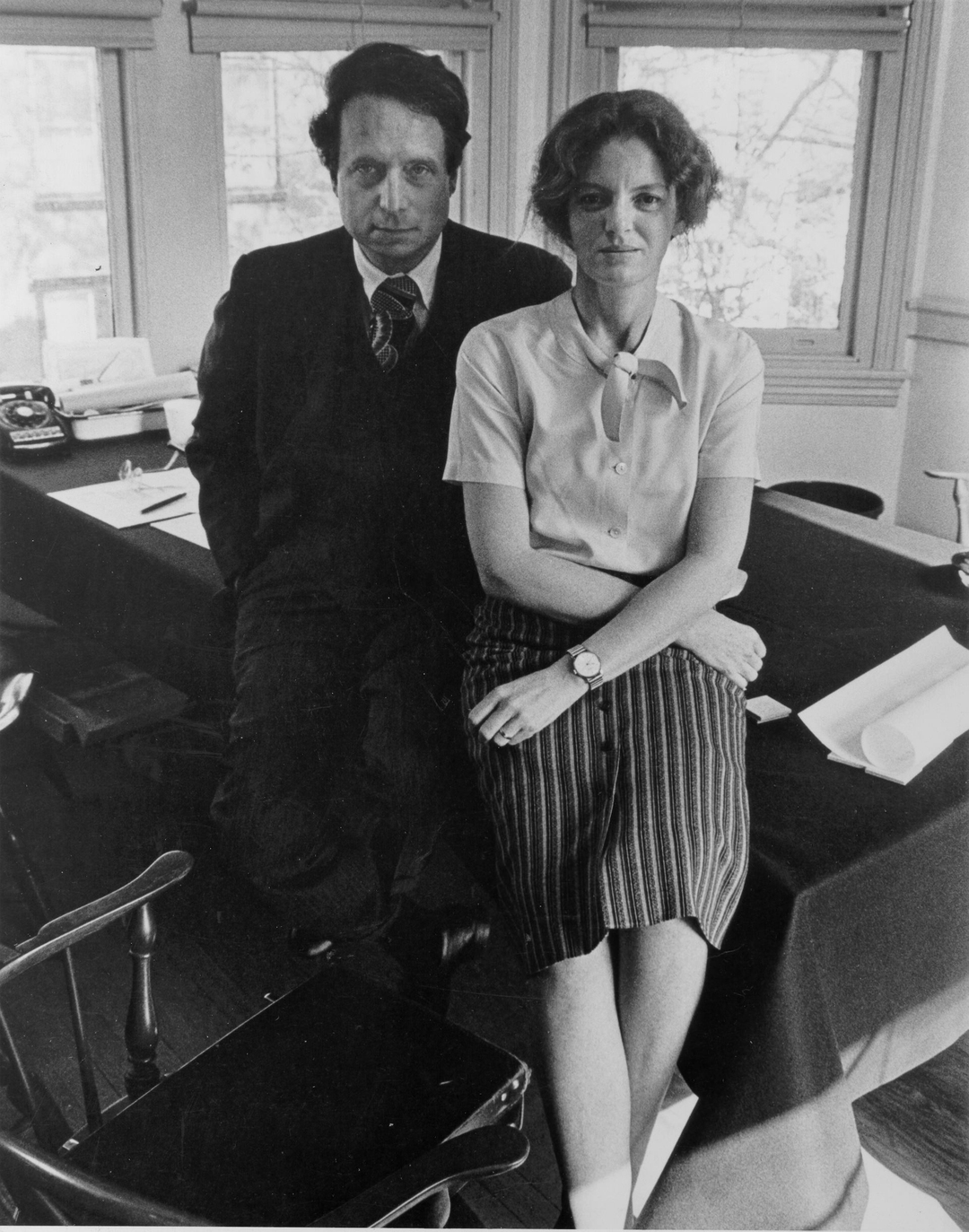
Robert Venturi and Denise Scott Brown have been married 45 years. Photo via
On collaboration
“Apparently now there are far more team studios. When I was here [at Harvard] there were no group work studios, and in most schools there were none. At Penn, there were none except in planning. That’s changed, and I think we had a lot to do with it.
“In the course studio 'Architecture Well-Being,' I sketched out the manual for collaboration around the notion that we all have something that interests us that we’re trying to find out about. We can share some of it, and do some of it on our own, but we can get much further that way. It is interesting, where you have a great aim that you’re all working on – and it doesn’t have to be in architecture – the differences between people don’t matter so much. Racial differences get subsumed by the eagerness of the team. Age differences, sex differences, in lots of ways those seem to be forgotten temporarily (or permanently, its hard to tell) but having that experience is good."
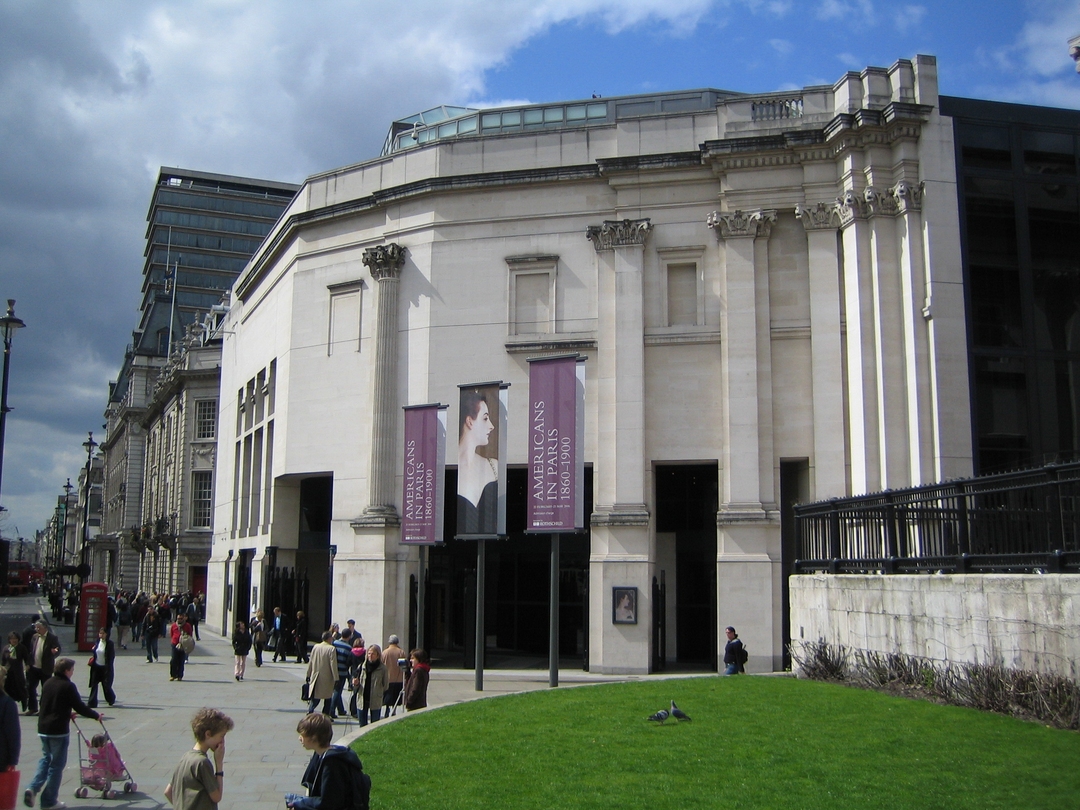
Sainsbury Wing of the National Gallery, London, by Venturi Scott Brown and Associates. Photo: Richard George
Robert Venturi and Denise Scott Brown during their 1968 studio trip in Las Vegas. Photo via
On psychology
“We are quite autocratic, in a way, around design. Of course, the whole world thinks Bob [Venturi] is The Designer with a capital D. And it’s true to some extent, in some projects more than others. In some projects, that person is me. And quite often it’s both of us. But one thing Bob always looked for is a very early crit. ‘I’ve just done this – what do you think?’ And the project doesn’t move ahead without that. I think it happens with many architects that way, but then they think they did it themselves. They talk themselves into thinking that, and it’s just the psychology of architecture. The psychology of men is ‘I did it all.’ The psychology of women is ‘I had help.’ But the psychology of all architects is ‘I did it.’"

Robert Venturi and Denise Scott Brown. Photograph by Andreas Laszlo Konrath via.
On using the word “We”
“You have to do that, sometimes. But you also have to keep an ‘I’ going in there, because if people don’t have an ego, they may not be very creative in general. So you have to find some kind of combination, so that one can feel self actualized, say here’s a piece I can point to with pride, as well as here is how we have worked together. For people to say from now on we will only reward teams – well, that would be just as bad as if they said from now on we will only reward stars.”
> via Architizer
